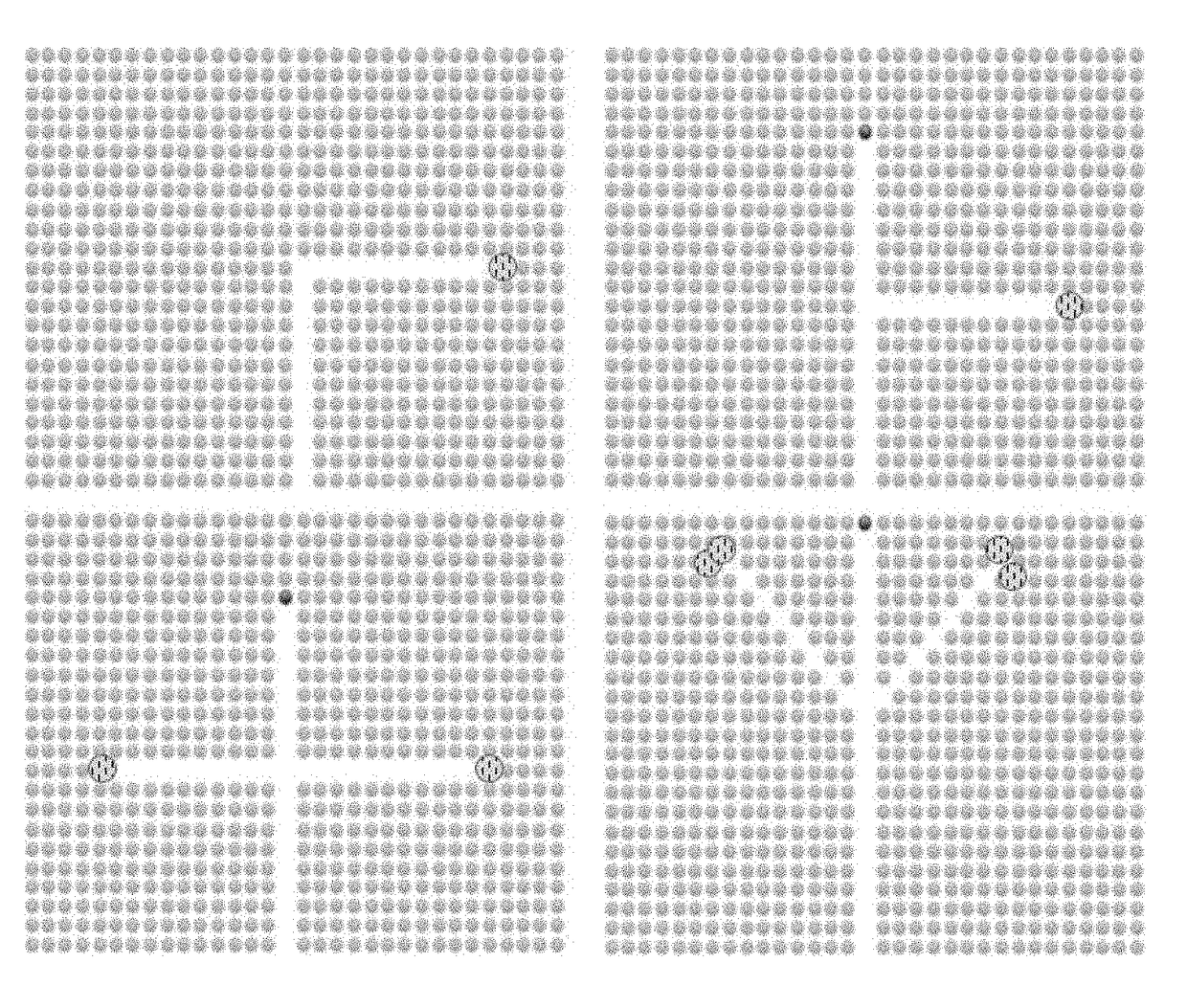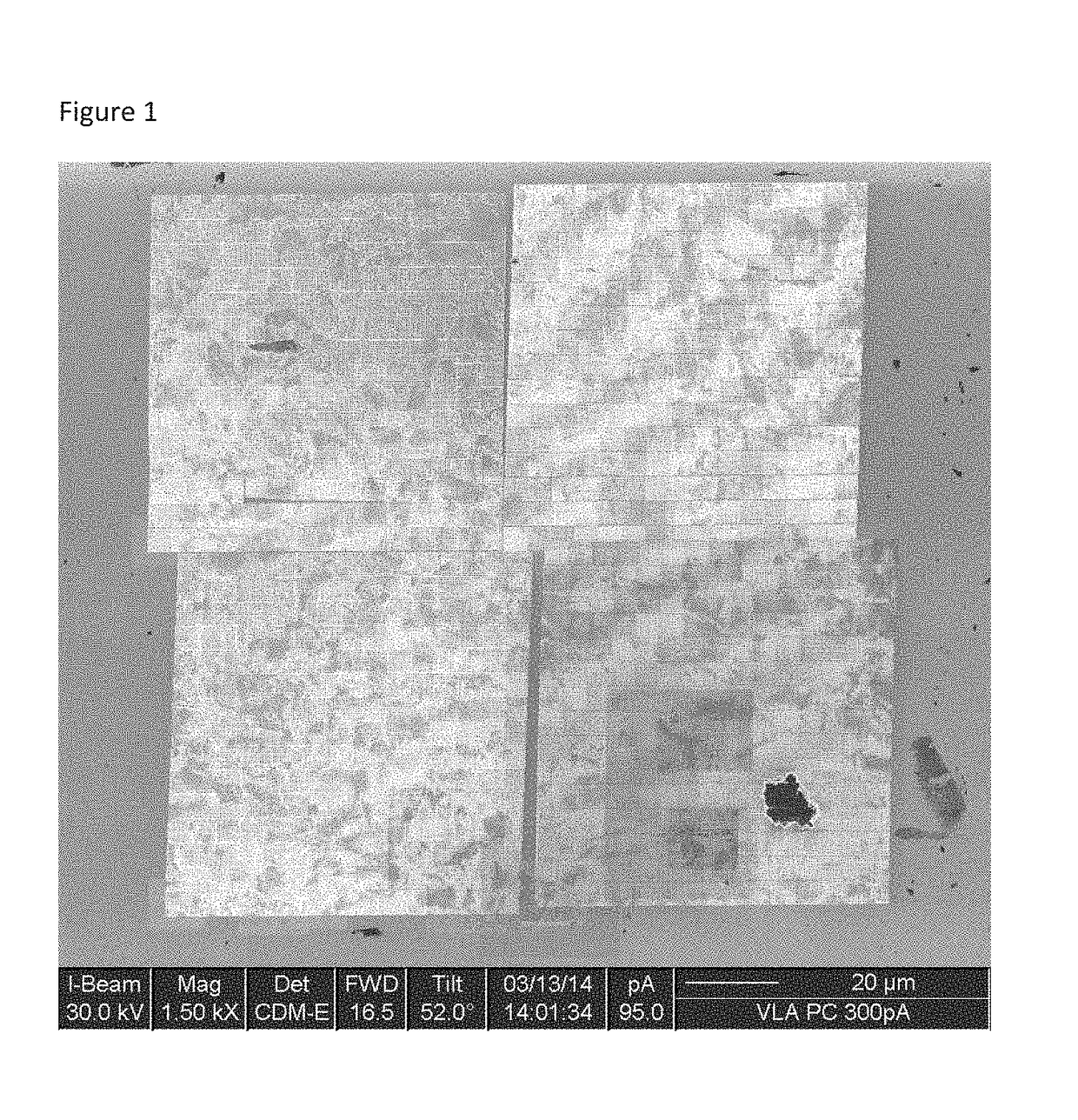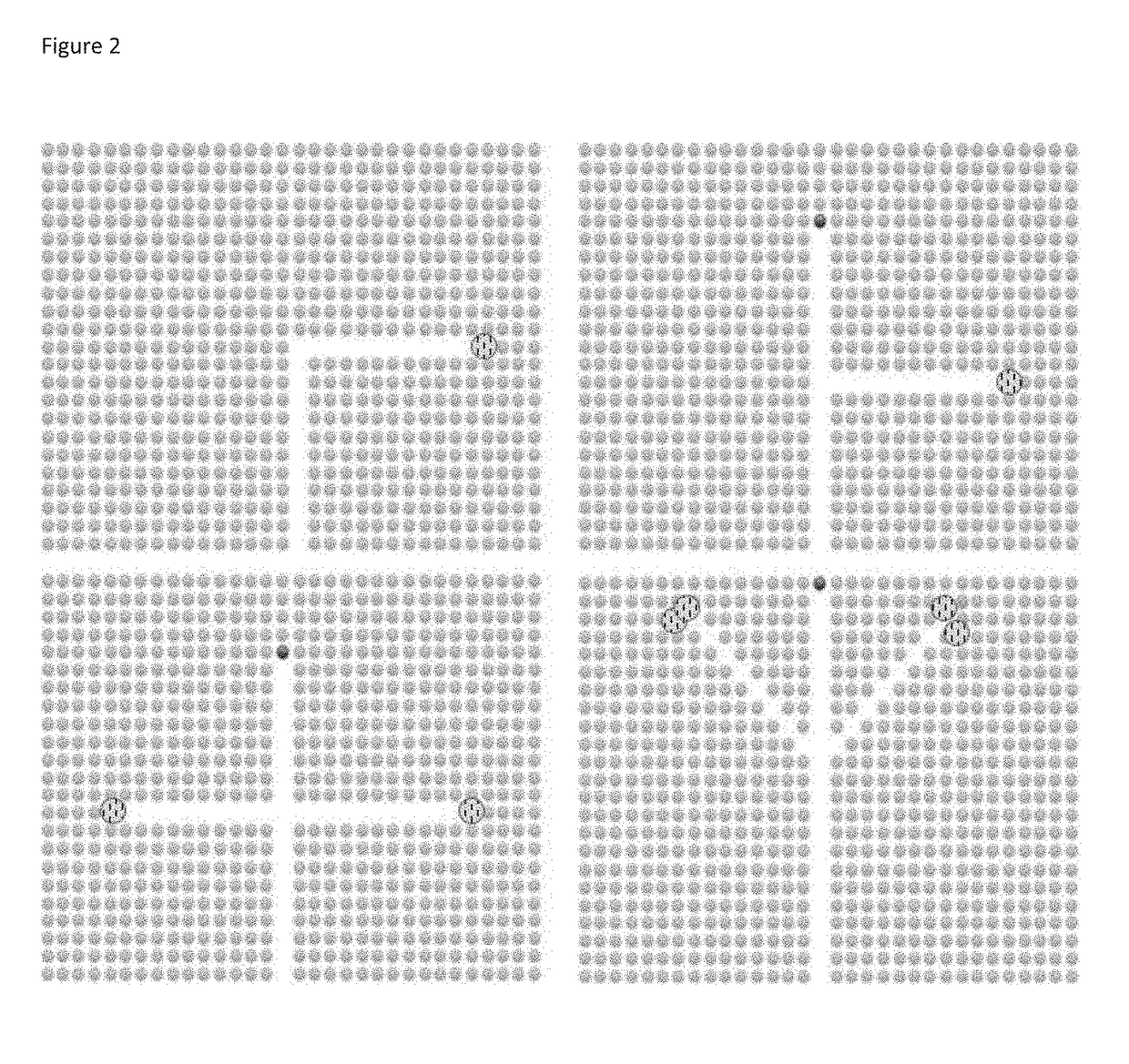Directionally oriented piezoelectric materials and methods of fabrication
a piezoelectric material and directional orientation technology, applied in the direction of crystal growth process, crystal growth process, mechanical vibration separation, etc., can solve the problems of partial melting or mixing of materials, limited use of ultrasonic waves to weld metals, and difficult current techniques, etc., to achieve effective electrical shortening of transducers as they get thinner and thinner, and high frequency
- Summary
- Abstract
- Description
- Claims
- Application Information
AI Technical Summary
Benefits of technology
Problems solved by technology
Method used
Image
Examples
Embodiment Construction
[0034]Referring now to the drawings, the invention will be described in more detail.
[0035]1. Novel Piezoelectric Materials and Fabrication Method
[0036]Directionally-oriented piezoelectric materials are formed by using a chemical vapor deposition (CVD), or similar, process to grow very thin layers (i.e., nanometer-scale) of epitaxial ZnO in the wurtzite form with the c-plane preferentially oriented upward. This technique can also be used to fabricate directionally-oriented piezoelectric crystals with other, similar III-V and II-VI materials, as well as III-O and II-O materials such as: gallium oxide and other oxides including alloys and band gap engineered materials of III-V, III-O, II-O, and II-VI materials, as well as nitrides such as gallium nitride (GaN), indium nitride (InN), and aluminum nitride (AlN), boron nitride (BN), and alloys of these. The ZnO, or other material, would be deposited on a single-crystal substrate, for example, sapphire. Other potential substrate materials ...
PUM
| Property | Measurement | Unit |
|---|---|---|
| frequencies | aaaaa | aaaaa |
| frequencies | aaaaa | aaaaa |
| frequencies | aaaaa | aaaaa |
Abstract
Description
Claims
Application Information
 Login to View More
Login to View More - R&D
- Intellectual Property
- Life Sciences
- Materials
- Tech Scout
- Unparalleled Data Quality
- Higher Quality Content
- 60% Fewer Hallucinations
Browse by: Latest US Patents, China's latest patents, Technical Efficacy Thesaurus, Application Domain, Technology Topic, Popular Technical Reports.
© 2025 PatSnap. All rights reserved.Legal|Privacy policy|Modern Slavery Act Transparency Statement|Sitemap|About US| Contact US: help@patsnap.com



